German, c.1936, engraved to the front of the body tube 'Ernst Leitz Wetzlar' and 'GS 280' (Geological Society) and engraved on most parts, objectives and eyepieces 'GS280', numbered on the card in the door 323053 the microscope standing on a large and heavy black enameled base, with locking adjustment to the incline, with plano-concave mirror focusing substage condenser with polariser, focusing stage to be used in conjunction with the vertical illuminator so as not to displace the position of the illuminator in relation to an external light source, stage with large removable central section so the microscope can be used with a Universal Stage, body tube with Bertrand lens (along with a hand-drawn chart ) with rack and pinion focusing, analyser with adjustment and scale, in a large wooden case with 7 Leitz objectives 6 of which are engraved GS280, a Berek Compensator engraved GS280 and engraved 1914 along with a hand-drawn chart (damaged), a cased mechanical stage, another Berek compensator engraved GS619
The microscope was sold by the Geological Society back in 1984 to Peter Aubry Sabine for £115.00 and comes with all of the paperwork relating to the sale. According to the records held by the British Geological Society the microscope was bought in 1936 presumably for Dr Phemister, who was recorded as having it in 1937. Dr. Phemister was appointed Official Petrographer in 1935, a post he held until he became Assistant Director in 1946.
Dr James Phemister was a renowned geologist whose contributions to the field of earth sciences were significant. He was born in Scotland in 1903 and spent most of his life working as a geologist in the UK. Dr Phemister's expertise in the field of geology earned him a high reputation among his peers and the scientific community.
Dr Phemister's career began at the University of Edinburgh, where he earned a degree in geology. He then went on to study at the University of Cambridge, where he obtained a PhD in 1928. After completing his studies, Dr Phemister joined the British Geological Survey, where he worked for over 30 years. During this time, he made significant contributions to the study of geology in the UK.
Dr Phemister's work was not limited to the UK, however. He also worked on geological surveys in Africa and South America. In Africa, he worked on a geological mapping project in the Congo, where he discovered the presence of copper deposits. In South America, he worked on a project to map the geology of the Andes mountains, which helped to improve our understanding of the tectonic processes that shape mountain ranges.
Dr Phemister was also an active member of the Geological Society of London, where he played an important role in the development of the society. He was elected a Fellow of the society in 1939 and served as its President from 1953 to 1955. During his tenure as President, Dr Phemister worked to increase the society's membership and promote the study of geology.
Apart from his work with the Geological Society, Dr Phemister was also an accomplished author. He published several books on geology, including "The Geology of Central England" and "The Geology of the South Wales Coalfield." These books were instrumental in advancing our understanding of the geological history of these regions.
Dr Phemister's contributions to geology and earth sciences were recognized by many scientific societies in his lifetime. He was awarded the Wollaston Medal by the Geological Society of London in 1956 for his contributions to the study of geology. He was also awarded the Lyell Medal by the same society in 1966 for his contributions to geological mapping.
In conclusion, Dr James Phemister was a pioneering geologist whose contributions to the field of earth sciences were immense. His work on geological mapping and his involvement in geological surveys in Africa and South America helped to improve our understanding of the geology of these regions. His tenure as President of the Geological Society of London was marked by his efforts to promote the study of geology and increase the society's membership. Dr Phemister's legacy lives on through his numerous publications and his lasting impact on the field of geology.
Peter Aubrey Sabine, the son of Bernard and Lucy Sabine, was born in London in 1924. His parents were both accomplished musicians, but Sabine gravitated towards the sciences, particularly the field of geology. Sabine's early interest in geology would eventually lead to an illustrious career as a geologist and mineralogist.
After finishing school, Sabine enrolled at Imperial College, London in 1943. At the time, the college was offering a two-year wartime degree program in geology that Sabine took advantage of, graduating in 1945. He showed an aptitude for geological fieldwork and mineralogical analysis, which were areas of active research in the immediate post-war years.
Sabine's first job in the field was with the British Colonial Service, working in Nigeria. His geological mapping efforts there earned him recognition and paved the way for a research career. Following his time in Nigeria, Sabine went on to earn his Ph.D. from the University of London in 1952, studying under renowned geologist Arthur Holmes. Sabine's thesis focused on the mineralogy and petrology of alkaline rocks from the Lovozero massif in the Kola Peninsula of Russia.
Sabine's research in petrology and mineralogy flourished, leading to several notable publications and invitations to international conferences. In 1962, after several years in academia, he was appointed a senior scientist with the Geological Survey of Canada. Sabine worked for the Survey until his retirement in 1988, during which time he contributed significantly to our understanding of the geological history of Canada.
In addition to his work with the Survey, Sabine was also involved in the International Geological Congress and the International Mineralogical Association. He received several awards and honors throughout his career, including the prestigious Roebling Medal in 1998, awarded by the Mineralogical Society of America.
In conclusion, Peter Aubrey Sabine's early interest in geology led to a remarkable career as a geologist and mineralogist. His contributions to the fields of petrology, mineralogy, and geological mapping were significant and influential, earning him numerous awards and accolades. Sabine's legacy continues to inspire and educate geologists and scientists around the world today.
German, c.1936, engraved to the front of the body tube 'Ernst Leitz Wetzlar' and 'GS 280' (Geological Society) and engraved on most parts, objectives and eyepieces 'GS280', numbered on the card in the door 323053 the microscope standing on a large and heavy black enameled base, with locking adjustment to the incline, with plano-concave mirror focusing substage condenser with polariser, focusing stage to be used in conjunction with the vertical illuminator so as not to displace the position of the illuminator in relation to an external light source, stage with large removable central section so the microscope can be used with a Universal Stage, body tube with Bertrand lens (along with a hand-drawn chart ) with rack and pinion focusing, analyser with adjustment and scale, in a large wooden case with 7 Leitz objectives 6 of which are engraved GS280, a Berek Compensator engraved GS280 and engraved 1914 along with a hand-drawn chart (damaged), a cased mechanical stage, another Berek compensator engraved GS619
The microscope was sold by the Geological Society back in 1984 to Peter Aubry Sabine for £115.00 and comes with all of the paperwork relating to the sale. According to the records held by the British Geological Society the microscope was bought in 1936 presumably for Dr Phemister, who was recorded as having it in 1937. Dr. Phemister was appointed Official Petrographer in 1935, a post he held until he became Assistant Director in 1946.
Dr James Phemister was a renowned geologist whose contributions to the field of earth sciences were significant. He was born in Scotland in 1903 and spent most of his life working as a geologist in the UK. Dr Phemister's expertise in the field of geology earned him a high reputation among his peers and the scientific community.
Dr Phemister's career began at the University of Edinburgh, where he earned a degree in geology. He then went on to study at the University of Cambridge, where he obtained a PhD in 1928. After completing his studies, Dr Phemister joined the British Geological Survey, where he worked for over 30 years. During this time, he made significant contributions to the study of geology in the UK.
Dr Phemister's work was not limited to the UK, however. He also worked on geological surveys in Africa and South America. In Africa, he worked on a geological mapping project in the Congo, where he discovered the presence of copper deposits. In South America, he worked on a project to map the geology of the Andes mountains, which helped to improve our understanding of the tectonic processes that shape mountain ranges.
Dr Phemister was also an active member of the Geological Society of London, where he played an important role in the development of the society. He was elected a Fellow of the society in 1939 and served as its President from 1953 to 1955. During his tenure as President, Dr Phemister worked to increase the society's membership and promote the study of geology.
Apart from his work with the Geological Society, Dr Phemister was also an accomplished author. He published several books on geology, including "The Geology of Central England" and "The Geology of the South Wales Coalfield." These books were instrumental in advancing our understanding of the geological history of these regions.
Dr Phemister's contributions to geology and earth sciences were recognized by many scientific societies in his lifetime. He was awarded the Wollaston Medal by the Geological Society of London in 1956 for his contributions to the study of geology. He was also awarded the Lyell Medal by the same society in 1966 for his contributions to geological mapping.
In conclusion, Dr James Phemister was a pioneering geologist whose contributions to the field of earth sciences were immense. His work on geological mapping and his involvement in geological surveys in Africa and South America helped to improve our understanding of the geology of these regions. His tenure as President of the Geological Society of London was marked by his efforts to promote the study of geology and increase the society's membership. Dr Phemister's legacy lives on through his numerous publications and his lasting impact on the field of geology.
Peter Aubrey Sabine, the son of Bernard and Lucy Sabine, was born in London in 1924. His parents were both accomplished musicians, but Sabine gravitated towards the sciences, particularly the field of geology. Sabine's early interest in geology would eventually lead to an illustrious career as a geologist and mineralogist.
After finishing school, Sabine enrolled at Imperial College, London in 1943. At the time, the college was offering a two-year wartime degree program in geology that Sabine took advantage of, graduating in 1945. He showed an aptitude for geological fieldwork and mineralogical analysis, which were areas of active research in the immediate post-war years.
Sabine's first job in the field was with the British Colonial Service, working in Nigeria. His geological mapping efforts there earned him recognition and paved the way for a research career. Following his time in Nigeria, Sabine went on to earn his Ph.D. from the University of London in 1952, studying under renowned geologist Arthur Holmes. Sabine's thesis focused on the mineralogy and petrology of alkaline rocks from the Lovozero massif in the Kola Peninsula of Russia.
Sabine's research in petrology and mineralogy flourished, leading to several notable publications and invitations to international conferences. In 1962, after several years in academia, he was appointed a senior scientist with the Geological Survey of Canada. Sabine worked for the Survey until his retirement in 1988, during which time he contributed significantly to our understanding of the geological history of Canada.
In addition to his work with the Survey, Sabine was also involved in the International Geological Congress and the International Mineralogical Association. He received several awards and honors throughout his career, including the prestigious Roebling Medal in 1998, awarded by the Mineralogical Society of America.
In conclusion, Peter Aubrey Sabine's early interest in geology led to a remarkable career as a geologist and mineralogist. His contributions to the fields of petrology, mineralogy, and geological mapping were significant and influential, earning him numerous awards and accolades. Sabine's legacy continues to inspire and educate geologists and scientists around the world today.
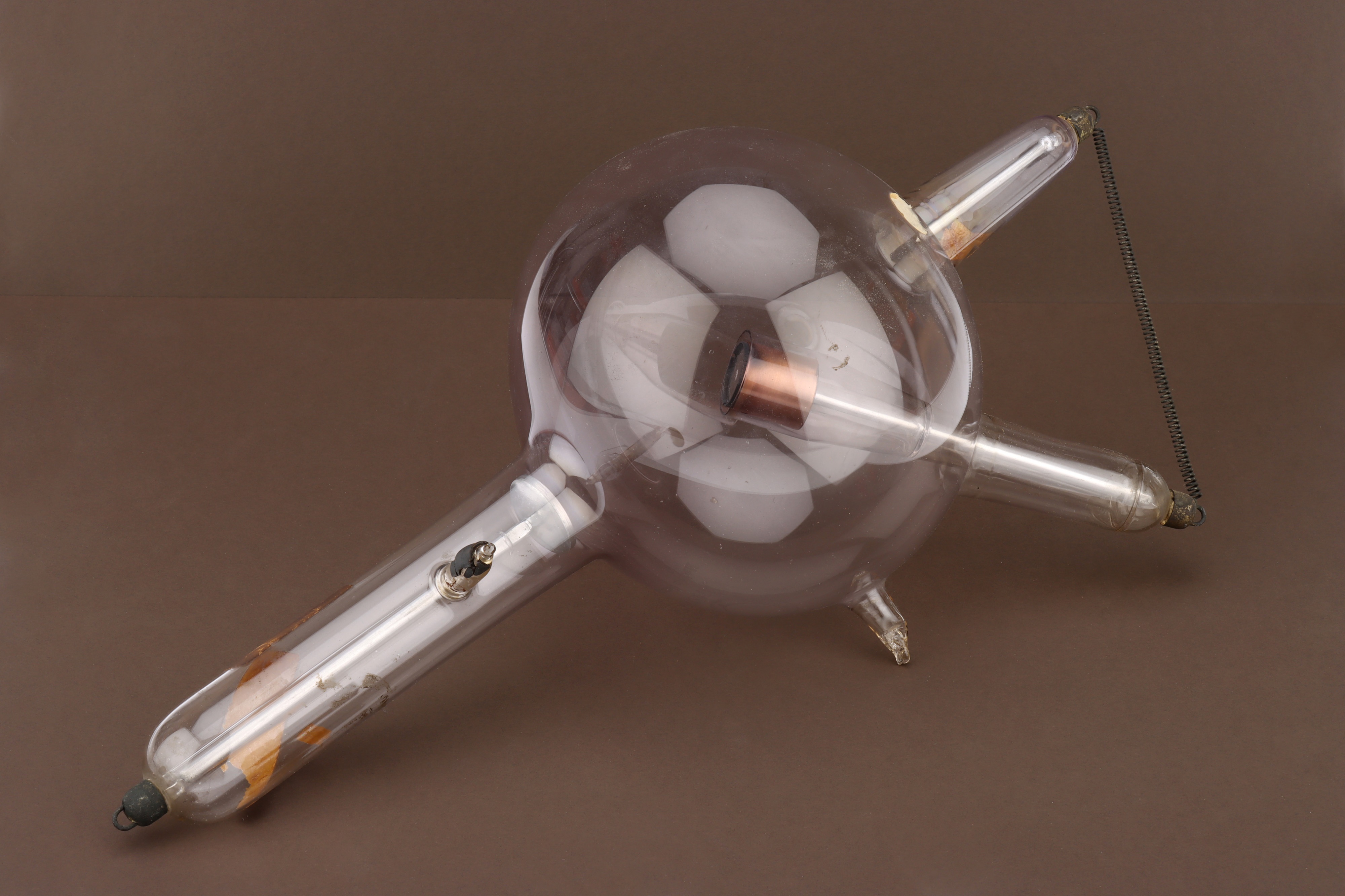

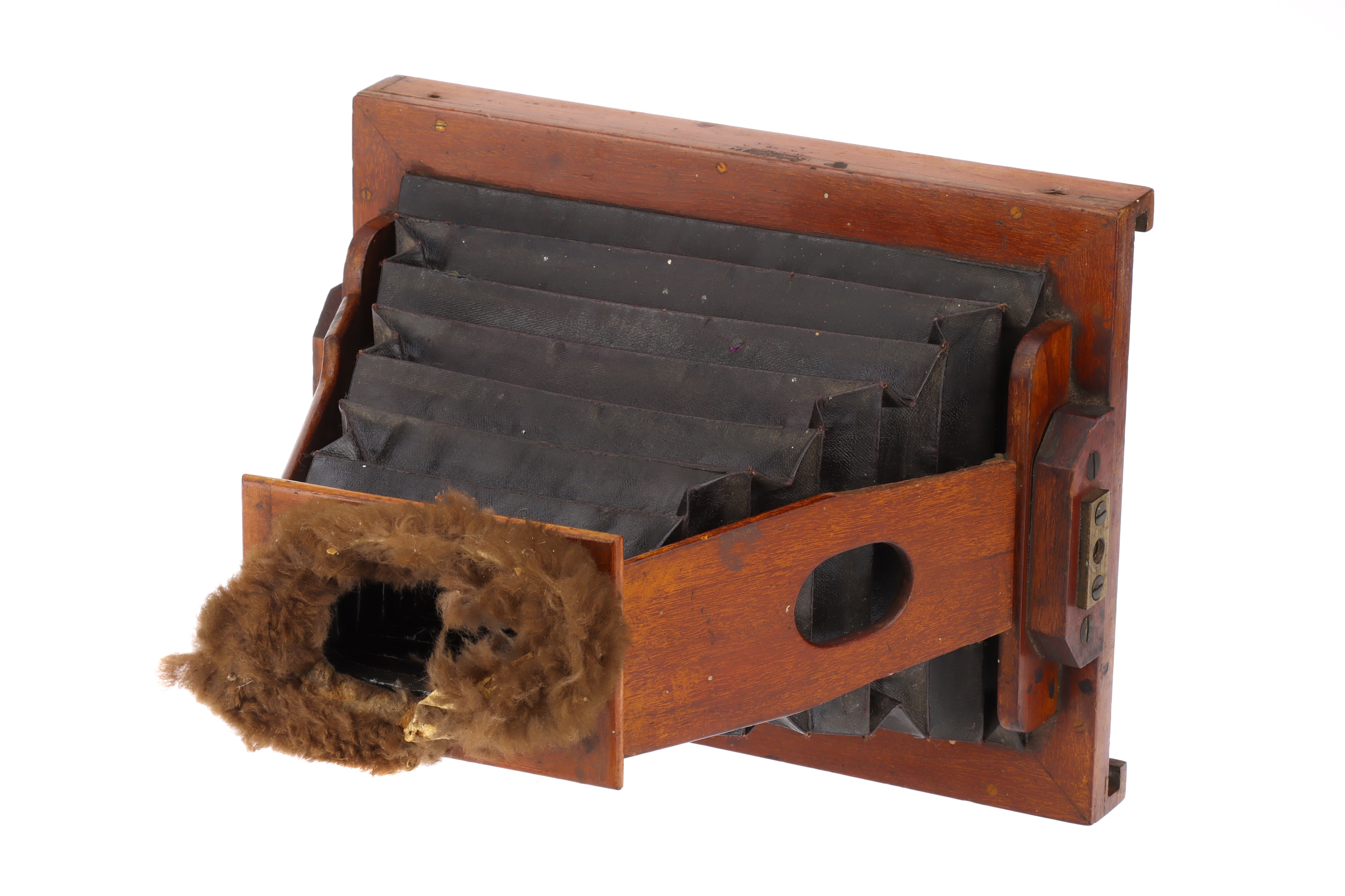
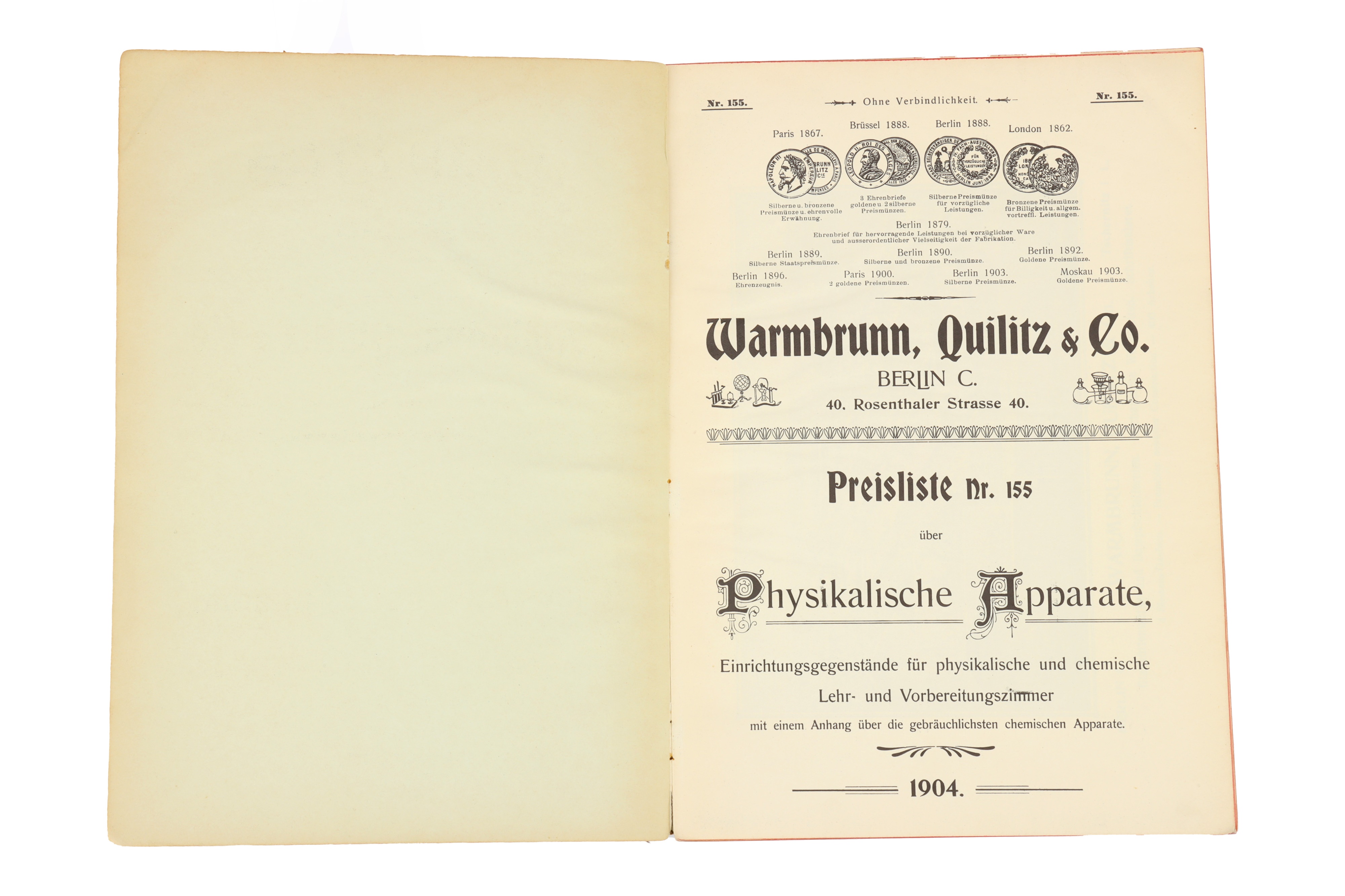

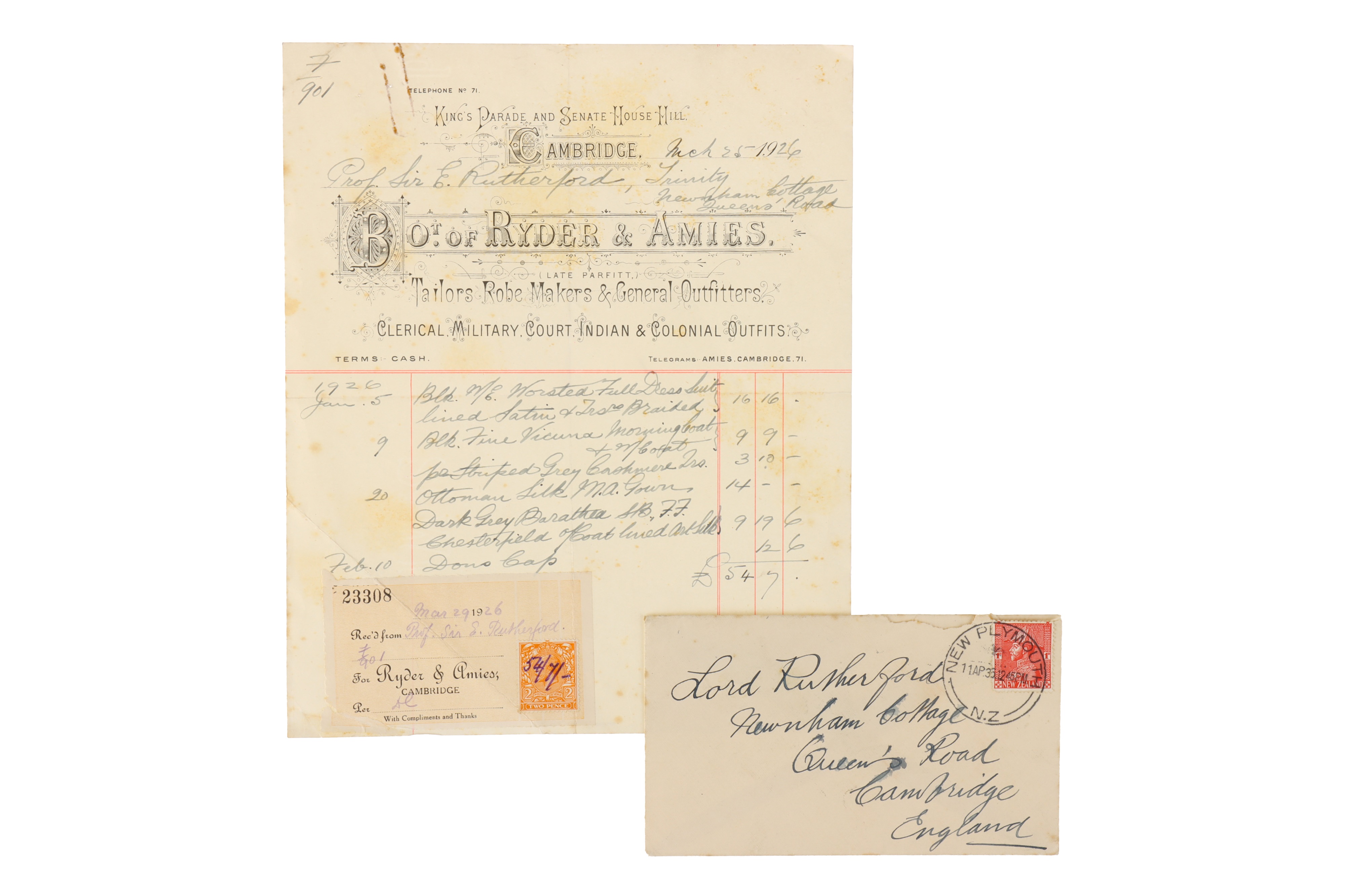
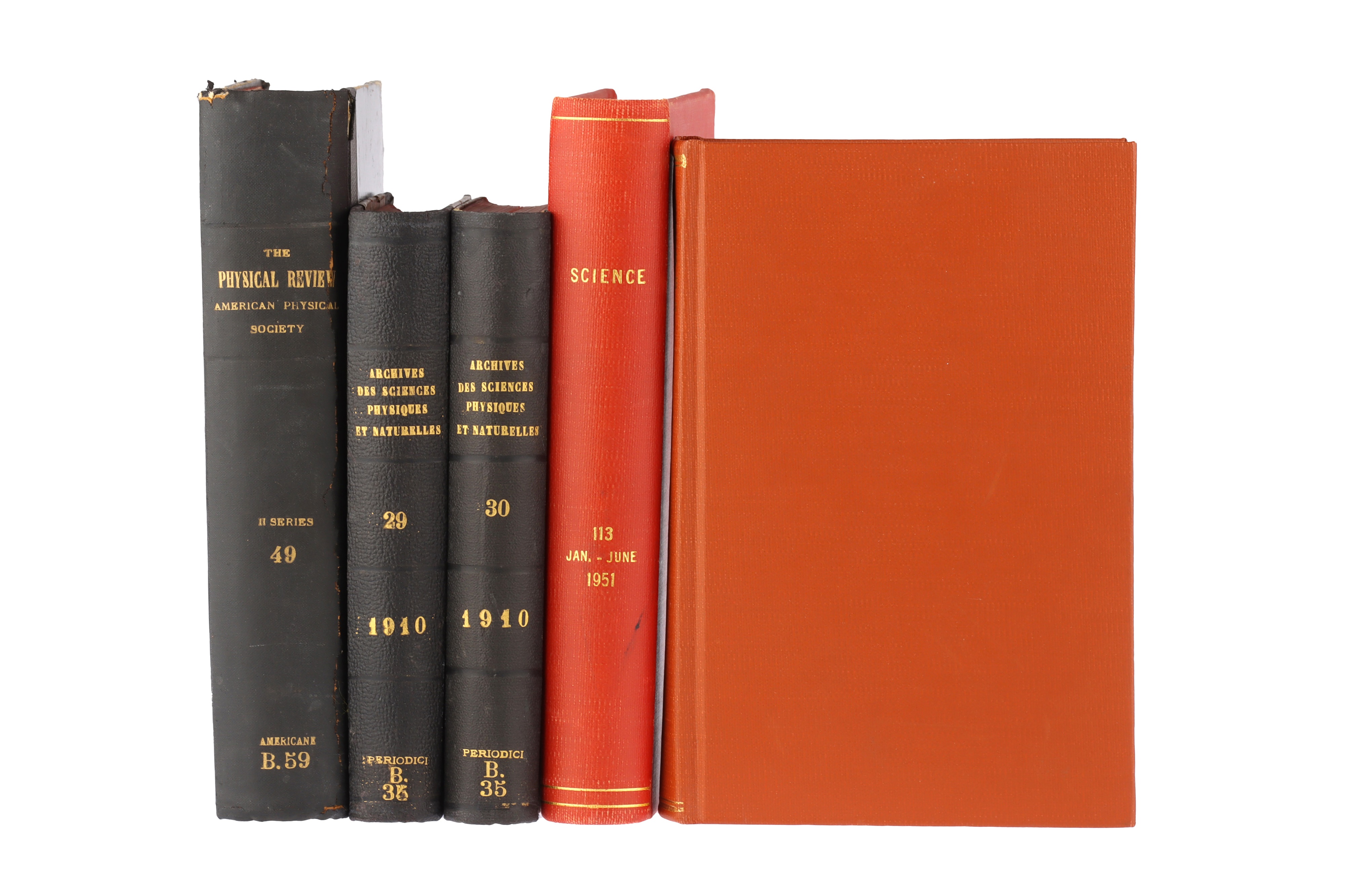
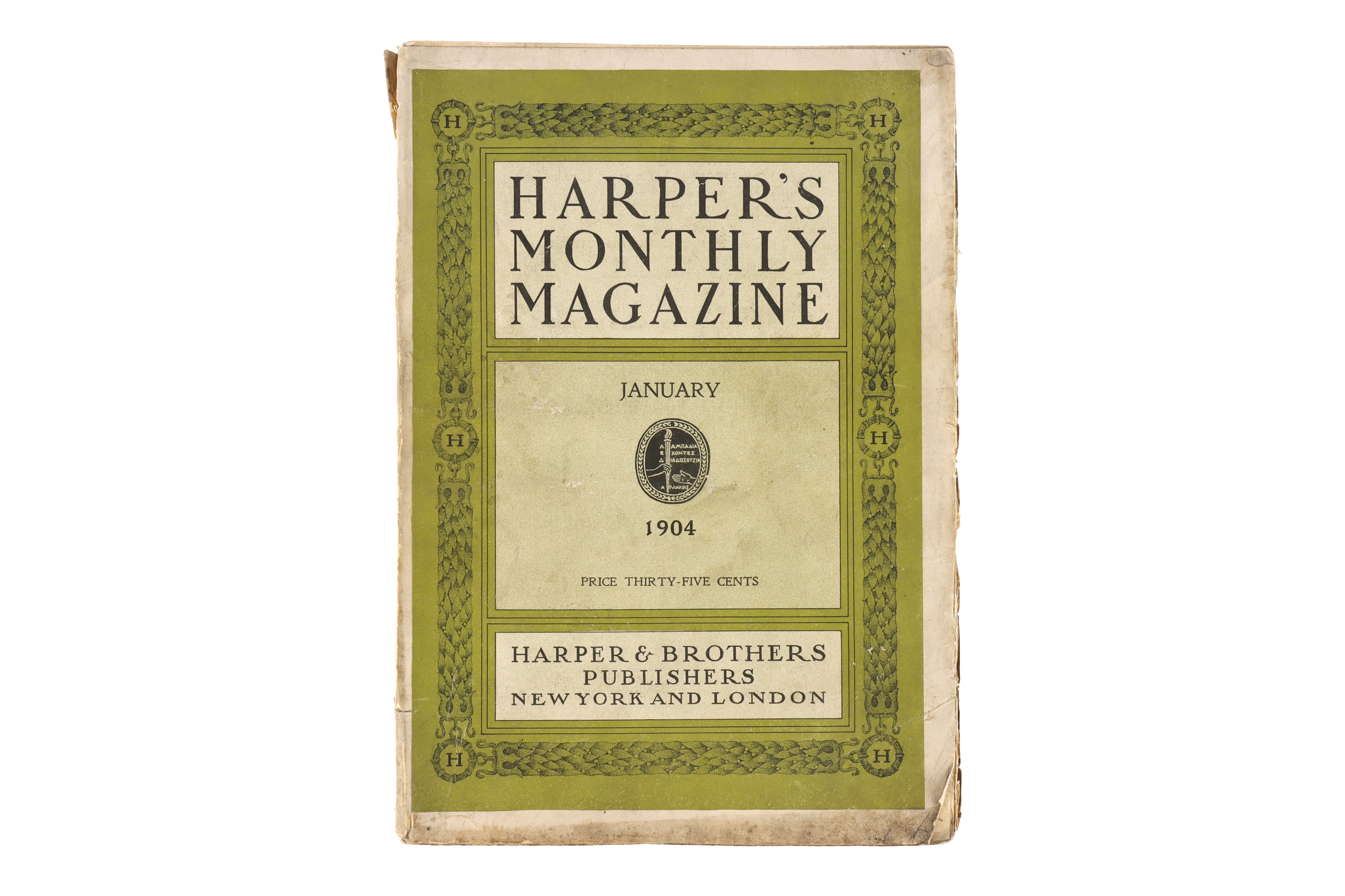
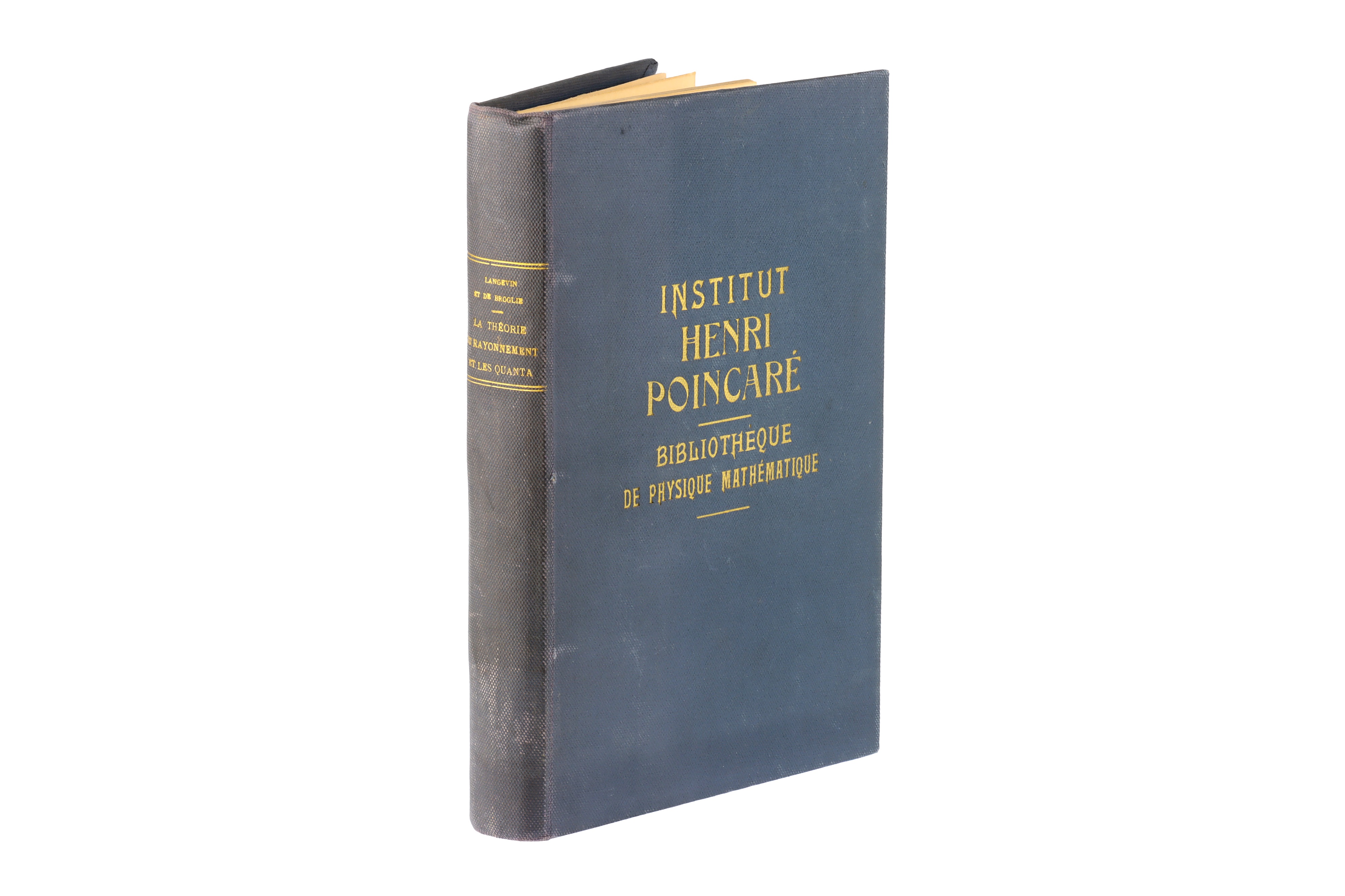
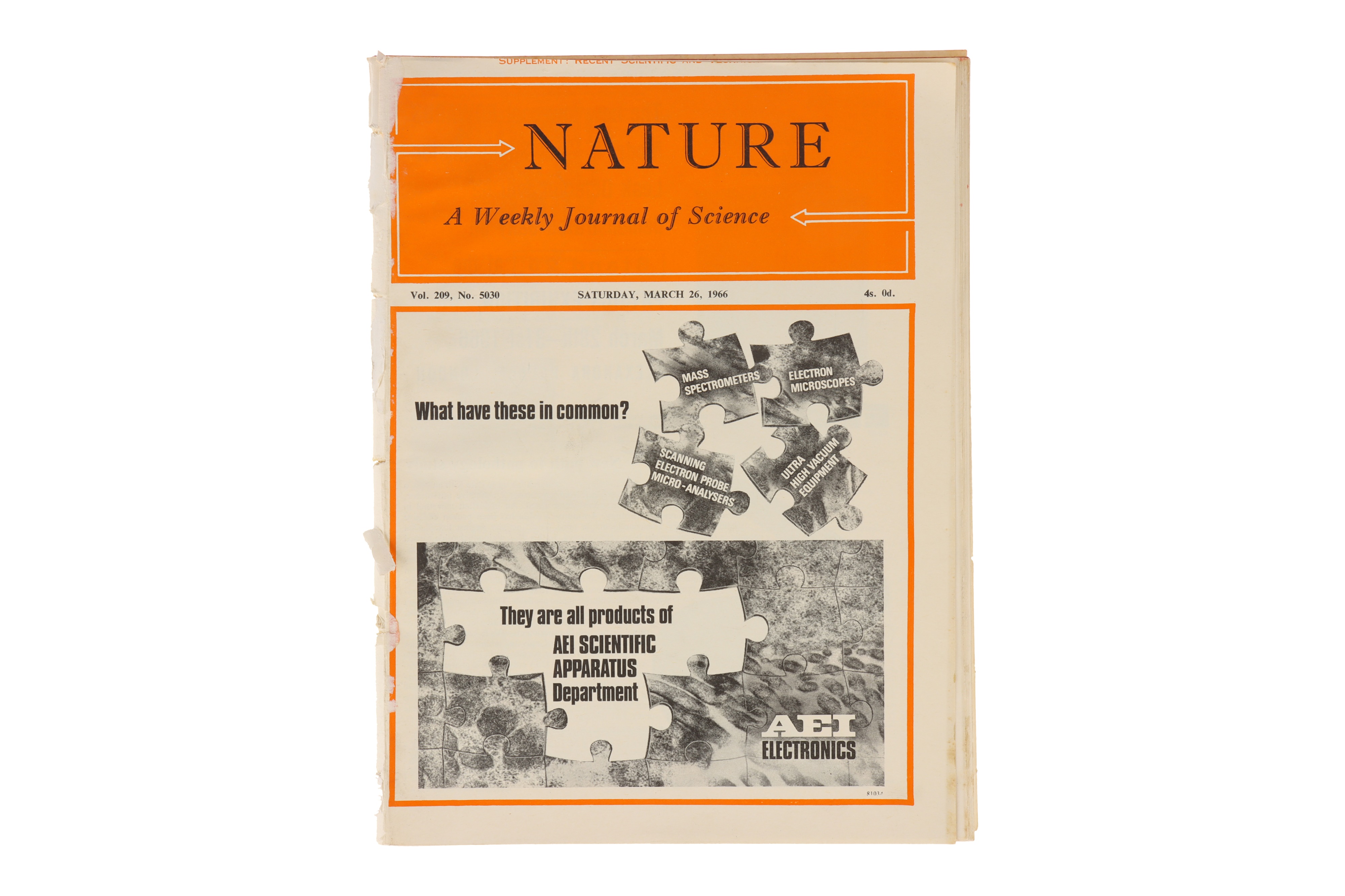
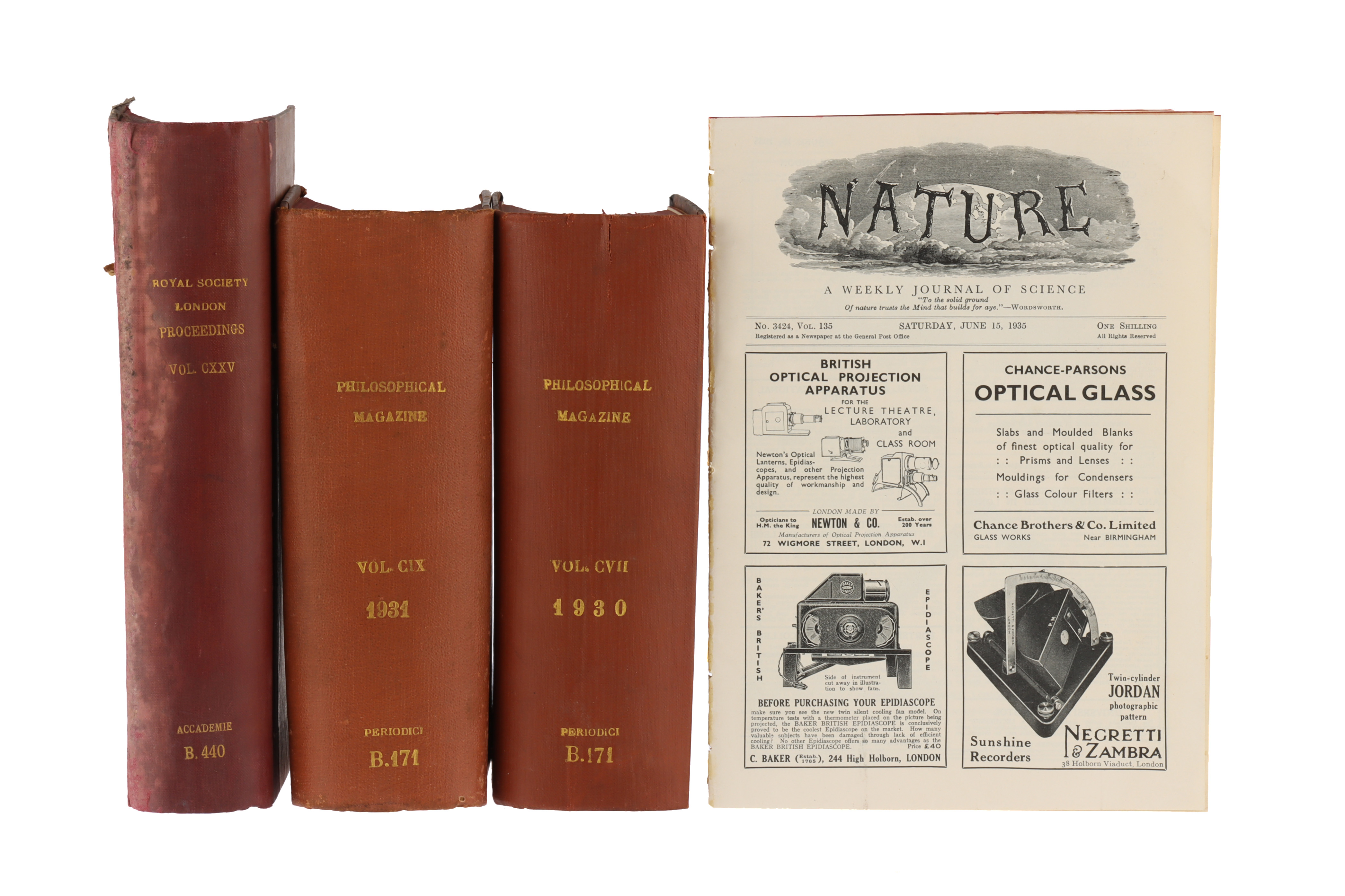
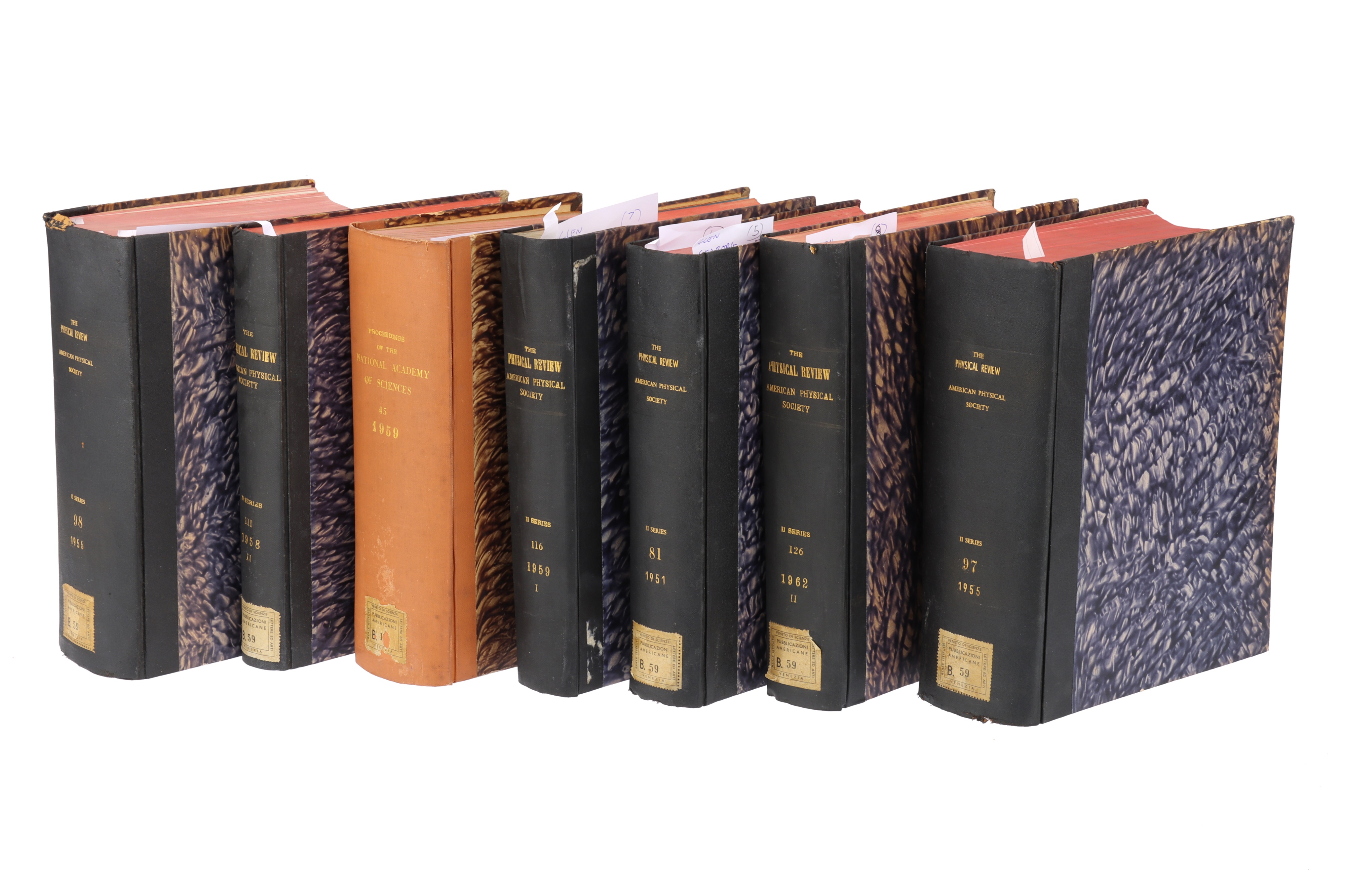
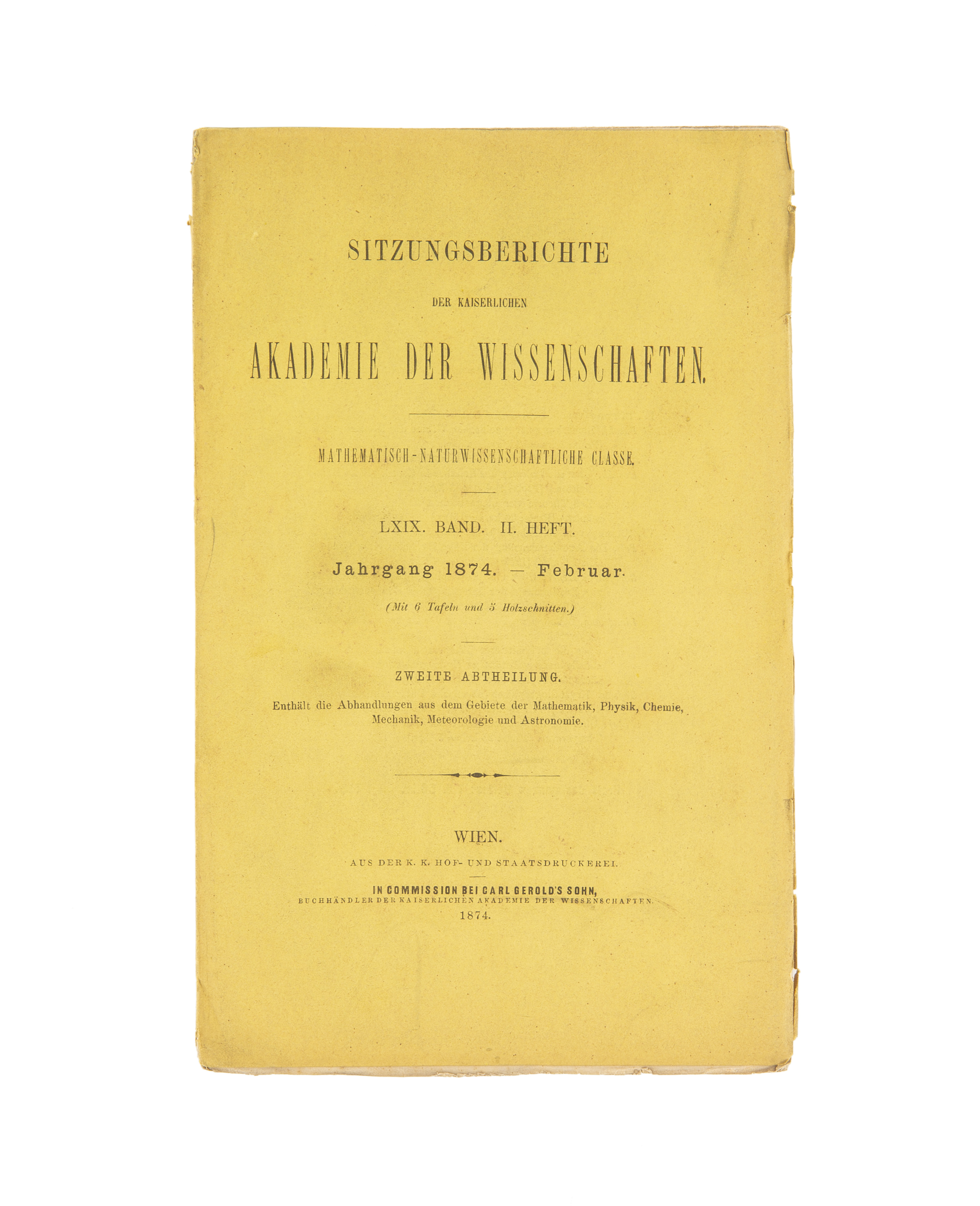
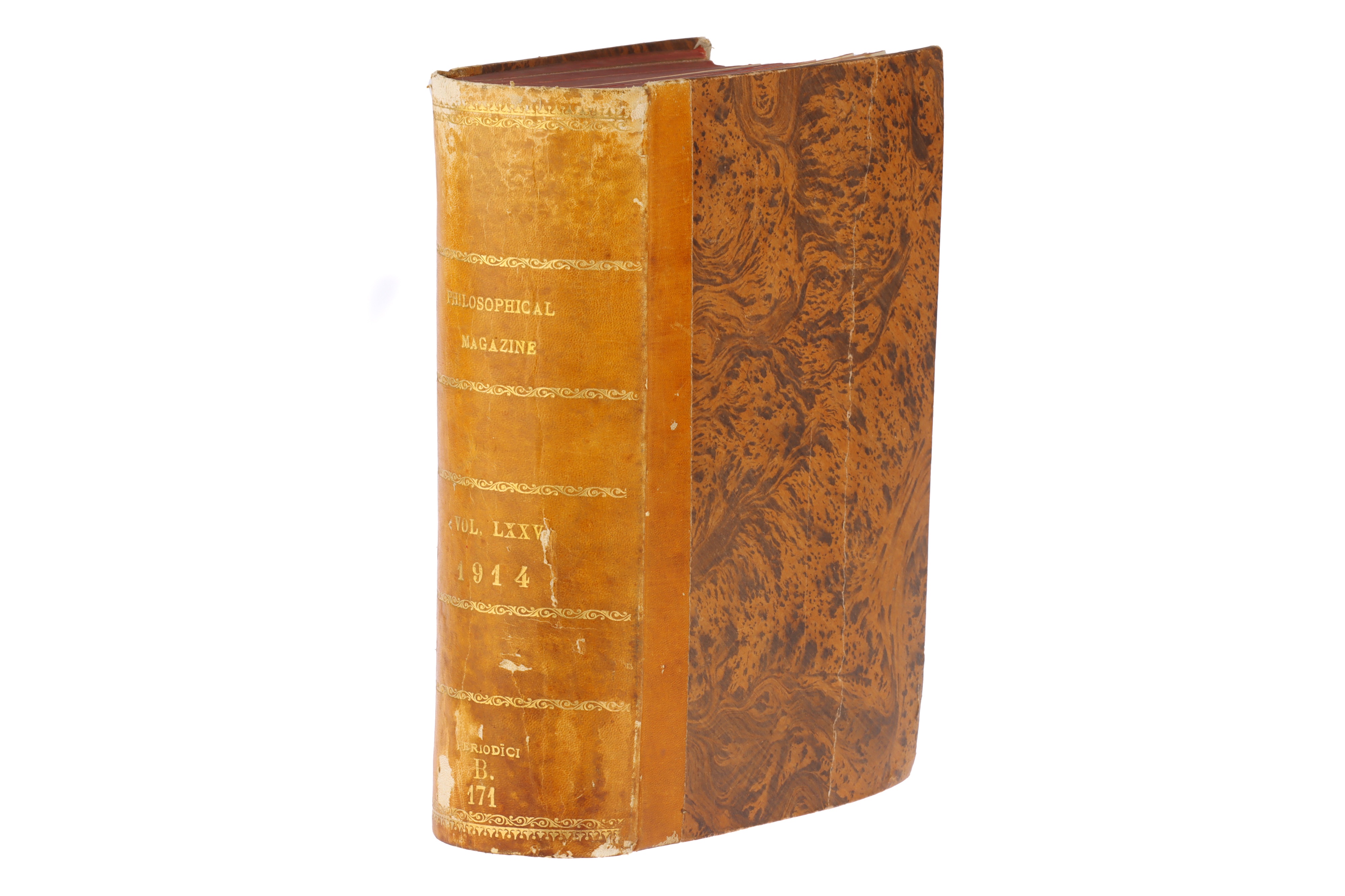

Testen Sie LotSearch und seine Premium-Features 7 Tage - ohne Kosten!
Lassen Sie sich automatisch über neue Objekte in kommenden Auktionen benachrichtigen.
Suchauftrag anlegen